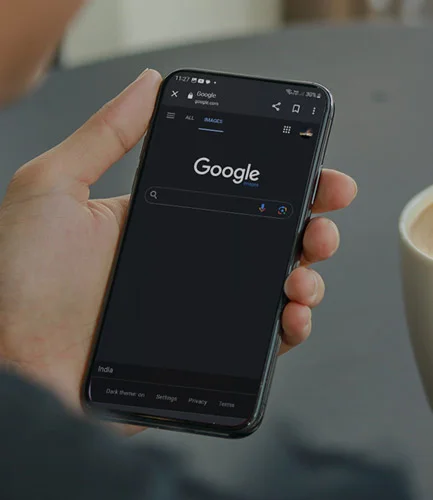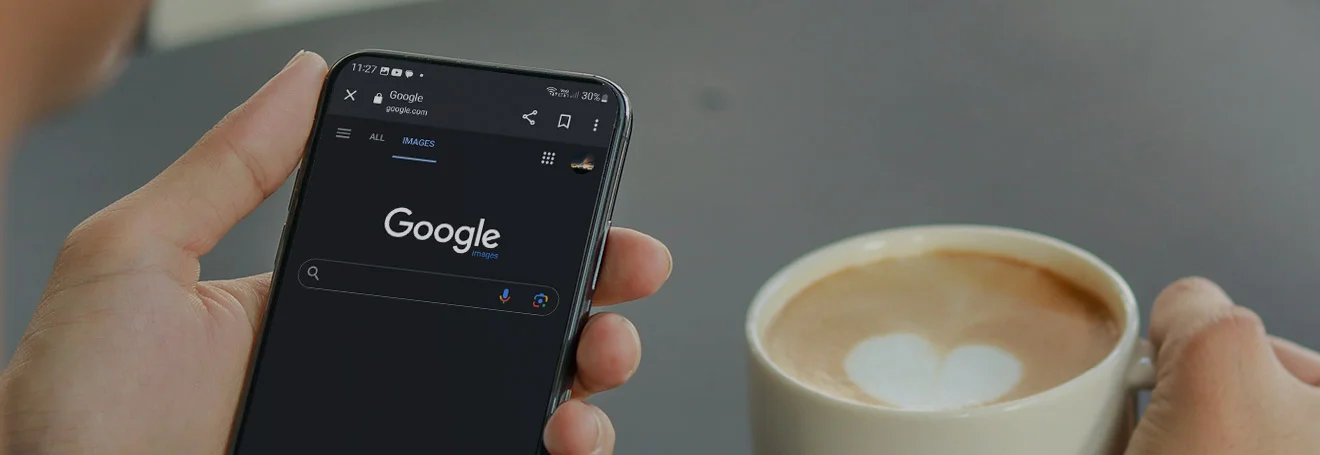From Insight to Action: The Best Ways to Know What Customers Want
Read MoreIntroduction
In a world where we are bombarded with images and videos, it may sometimes be tough to find out which ones can be beneficial and which ones can be circulating wrong information. Images are easily available and can be found on various platforms on the internet. There is no set degree as to which images can be good and bad for us.
For businesses, it is important to be able to understand where images come from. With an increasing number of fake news, false information, and copyright infringement, it is essential to be able to track an image source. One of the best ways to do that is through reverse image search. We at Wisoft believe that it should form an essential part of every small business. That is why we have compiled this article. Here we will explore what reverse image search is, how to do it, and its utility.

What Is a Reverse Image Search?
Before we begin, it is important to understand the crux of what reverse image search is. It is a technique that allows you to search the internet for images using an existing image instead of keywords.
How does it work?
It works by analyzing the image's content and metadata to provide information such as the image's source, where it has been published, and if it has been altered or modified.
Where can you conduct a reverse image search?
Reverse image searches can be done on various search engines such as Google, Bing, and Yandex. It can be done through both your desktop and mobile device.
How to do a reverse image search?
So, how do you do a reverse image search? It is simple in the ways that there are only two methods to it. You simply have to paste the image URL or upload the image on the search engine’s search bar. So, how does it differ for desktop and mobile, let’s find out.
How to do a reverse image search on your desktop
There are various ways to perform a reverse image search on your desktop. One of the most popular ways is to use Google Images. Here is a step-by-step guide:
- Open the Google Images website on your desktop.
- Click on the camera icon located in the search bar. You'll be presented with two options, "Paste image URL" and "Upload an image." Select one of the options.
- If you choose "Paste image URL," copy the URL of the image you want to search for and paste it into the box provided.
- If you choose "Upload an image," click on the "Choose File" button and select the image you want to search.
- Click the "Search by image" button, and the results page will display images related to the image you uploaded.
Here you will get to know where and how many times your image has been used before. Or if it is already under copyright issues.
How to do a reverse image search on your mobile
Performing a reverse image search on your mobile device is a relatively easy task. You can use the same search engines as the ones you do on your desktop. But with how easy smartphones are to use, the steps will feel far more simplified. Here is a step-by-step guide on how to do it using Google Images.
- Open the Google Images app on your mobile device.
- Tap on the camera icon located in the search bar.
- You'll be presented with two options, "Take photo" and "Choose image." Select whichever option you find easy to use.
- If you choose "Take photo" it will open up your camera application and you will be able to take a picture for an easy search.
- If you select "Choose image," pick the image you want to search from your gallery. Google Images will upload the image and display the search results.
The ease of use on mobile is much better these days.
Utility for reverse image search
In the modern day, reverse image search has several utilities, we have listed some of them:
- To verify an image’s authenticity: With a huge amount of fake news and manipulated images, reverse image search can help you verify the authenticity of an image. By checking the image's source and where it has been published, you can determine if the image has been altered or modified.
- Find similar images: Reverse image search can help you find similar images to the one you are searching for. This can be useful if you're looking for different angles, versions of an image, or in higher resolution.
- Identify objects or landmarks: If you come across an image of an object or landmark you don't recognize, a reverse image search can help you identify it. By searching for similar images, you can find out more information about the object, landmark, or location.
- Track copyright infringement: If you're a photographer or an artist, and suspect that your work has been used without your permission, reverse image search can help you track copyright infringement. By searching for your image, you can find where it's been published and take the necessary legal action.
Conclusion
Now that you are aware of what reverse image search is and how it works, feel free to use it as much as you’d like. Businesses have more utility for reverse image searches than people realize. For more information, contact Wisoft today.
In a world of image overload, reverse image search is your truth detector. It's vital for businesses, to help verify authenticity, find similar images, ID objects, and protect copyrights. Now, harness its power and contact Wisoft for local SEO services in Dubai.






